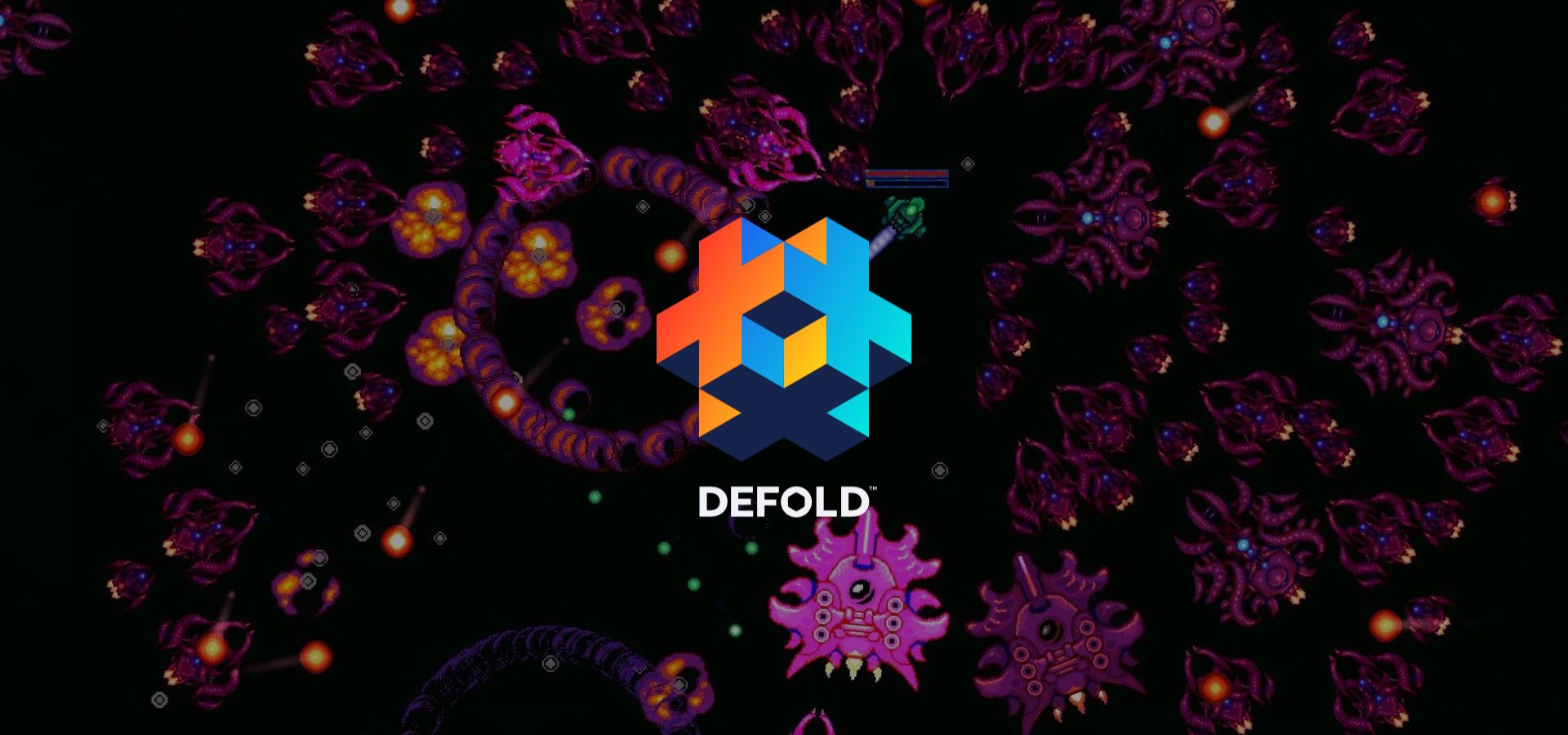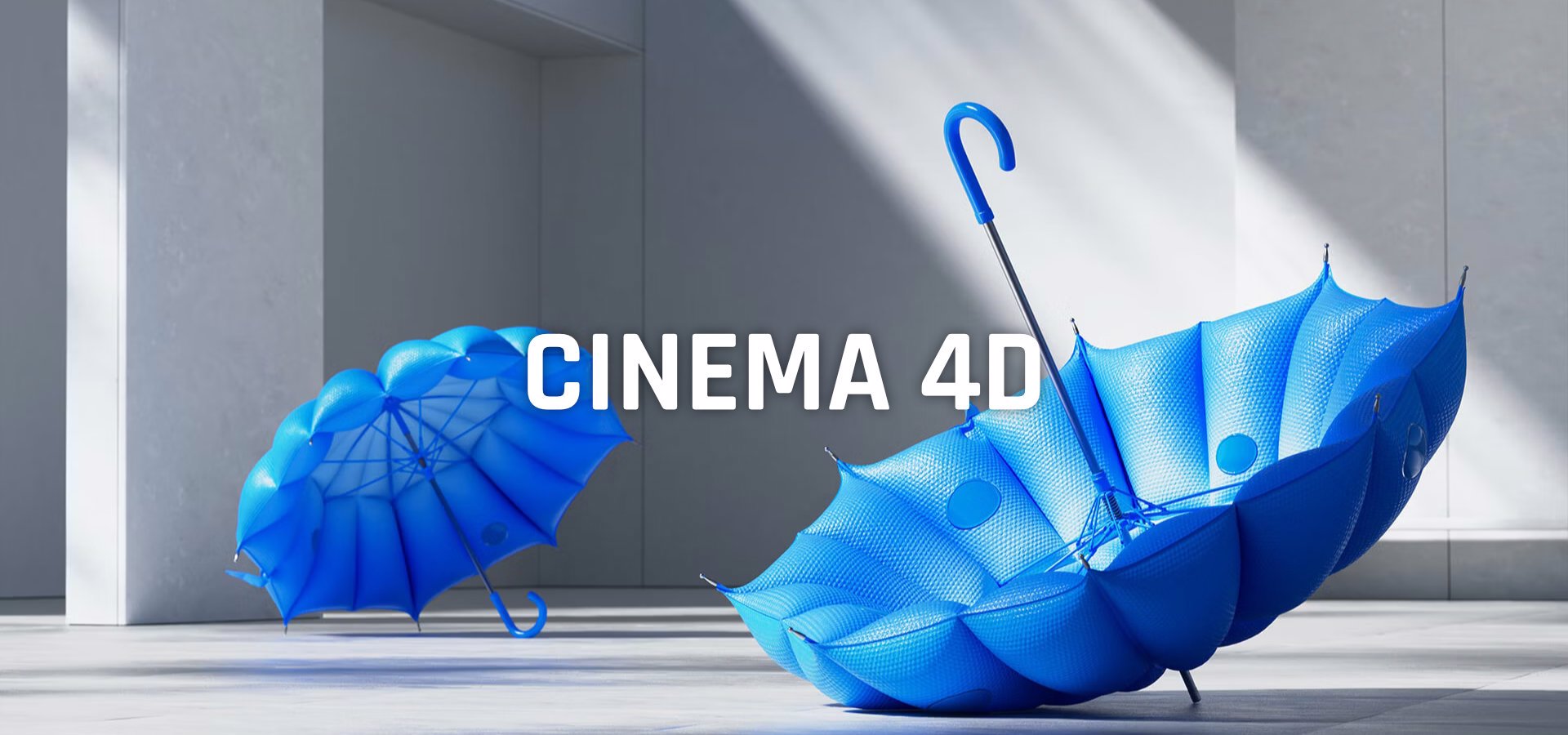O3DE (Open 3D Engine) recently received a major update, described as "game-changing," marking a significant milestone for this free and open-source game engine.
For those unfamiliar, O3DE is the direct successor to Amazon Lumberyard, which was originally built upon CryEngine. While it retains some features from its predecessors, O3DE is largely a new, modular engine designed for creating high-fidelity games, robotic simulations, and immersive 3D worlds.
The latest update comes packed with improvements driven by community feedback, focusing on enhanced performance and a better user experience. One of the most significant new features is the ability to build “Script Only” projects. These projects can be built solely with Script Canvas (O3DE's visual programming tool) and Lua scripting. This provides an additional option for building games without needing a C++ compiler.
Other key features include significantly faster editor startup times, which are especially important for large projects. Mobile performance has improved by up to 400% across iOS, Android and AR/VR/XR devices, along with reduced runtime memory usage.
Still on the topic of mobile, a new Project Export UI has been introduced. This eliminates the need to use the command line and offers full export support for iOS, Android, Linux, and Windows. In addition, a new mobile-specific rendering pipeline allows users to easily enable or disable features as needed.
On the visual front, there's a new Entity Silhouette feature, which draws a visual outline and filled-in silhouette for objects, characters, or other in-game entities. Additionally, shader variants now allow the renderer to automatically use the most performant shader for a given rendering need.
Regarding networking, options have been added to reduce the size of headless servers by up to 90%, depending on the assets used. In addition, network heartbeat packets are sent during high CPU usage to avoid disconnection due to timeout.
The 24.09 update introduces several new features related to simulation, including a new Georeference component, a ROS2FrameComponent, the ability to parse Gazebo data, and numerous performance improvements in simulation.
Other major features in this release include the ability for users to easily switch between physics engines, specifically PhysX versions 4 and 5, and to control quality settings per device. This control is achieved using three default performance levels (low, medium, high) based on device specifications for CPU, GPU, and memory. Finally, a new framework has been added that allows users to interface with LLMs (AI models) of their choice.
The list of changes and fixes in this update is extensive. For the complete changelog, be sure to check the official release notes.




